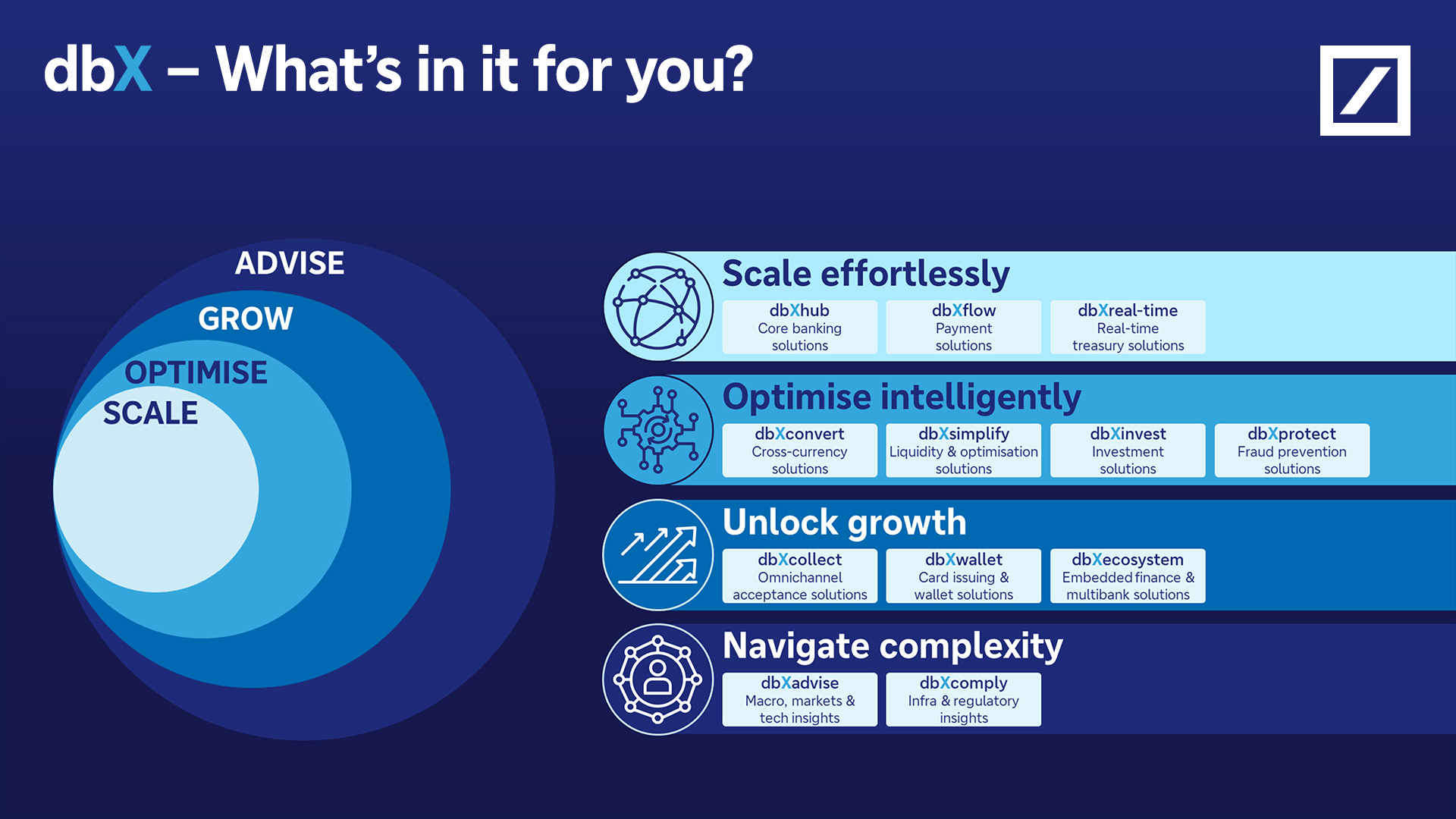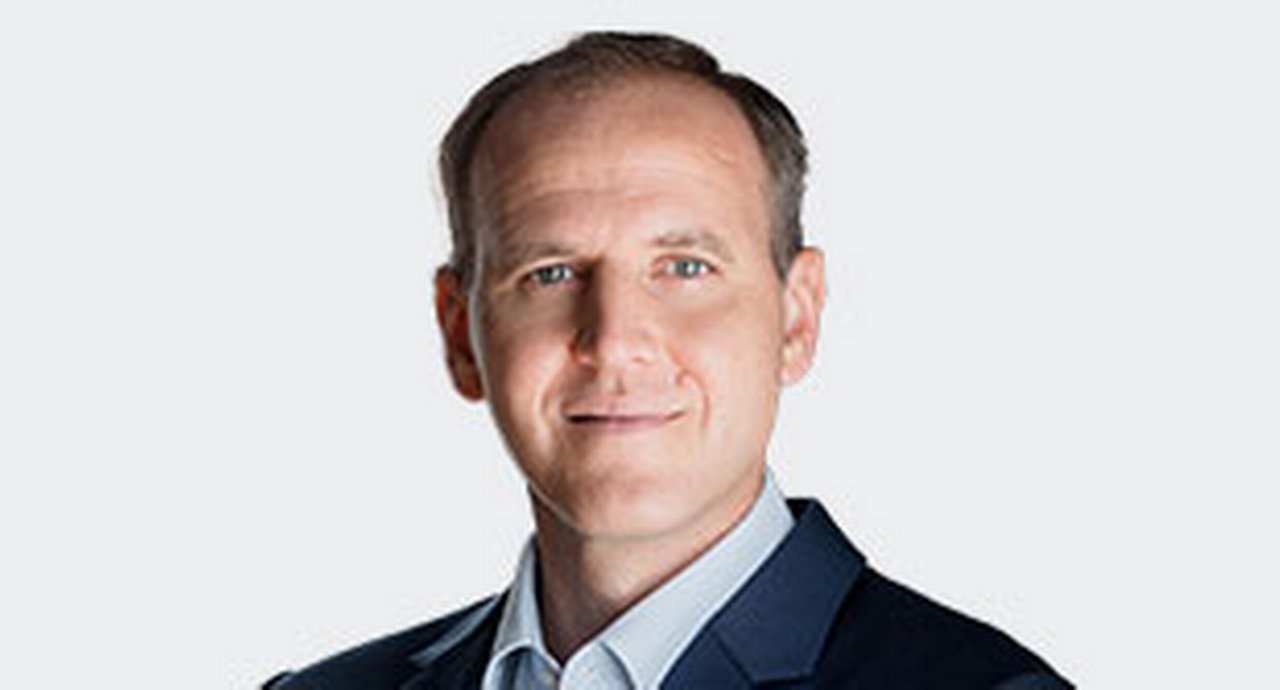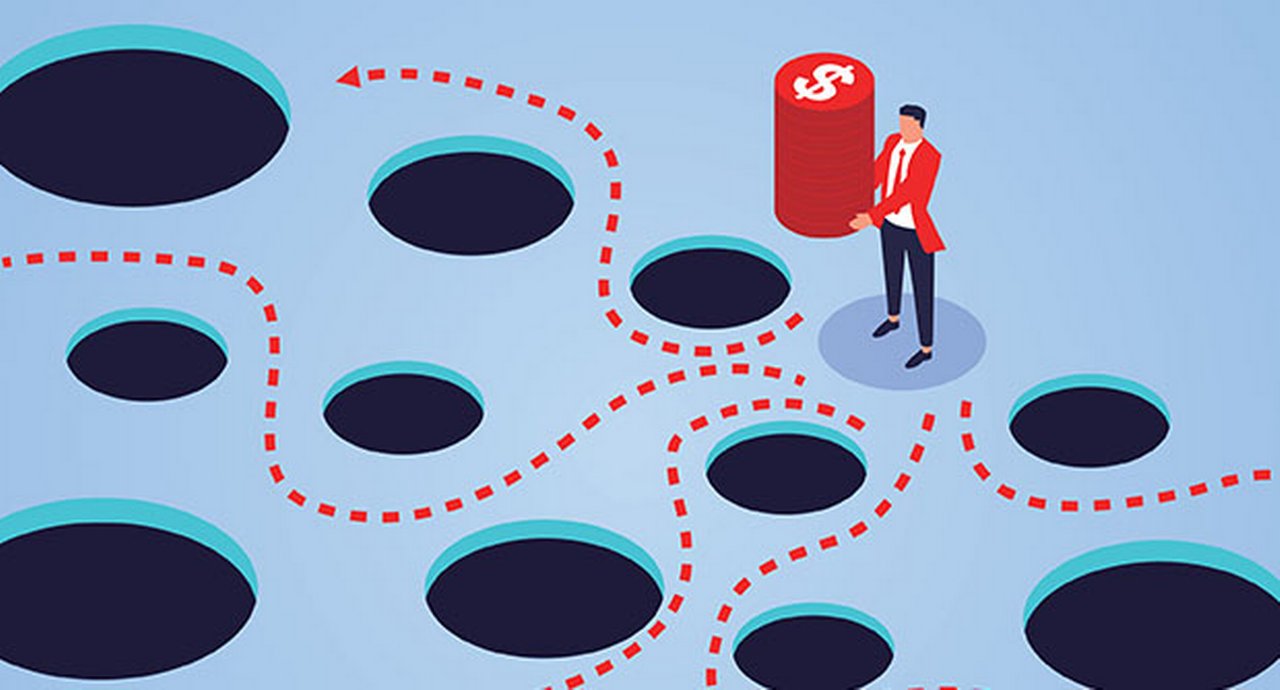15 October 2025
flow talks to Deutsche Bank’s Global Head of Cash Management and Head of Corporate Bank APAC & MEA, Ole Matthiessen, about his journey from professional football academy to banking, and how team sports influenced his approach to client solutions. We also hear about his vision for the
MINUTES min read
Your journey into leadership in the financial industry, becoming responsible for one of the largest divisions at Deutsche Bank by age 34, seems well planned. What inspired you to pursue a career in banking?
It may look like the result of a well-designed plan, but the beginning was far from it.
When I finished school, my main ambition was to pursue professional football. I was on the verge of making it to a professional squad, and that was the path I hoped to take. At the same time, wanting to keep options open, I began a bank apprenticeship. Soon after, excited by the banking industry, I also enrolled into a distance-learning study programme, right after the university reform in Germany in 2004.
What drove my excitement for banking early on was not a grand plan, but the fascination with its unique ecosystem: the variety of clients, their complex challenges, and the ability to apply different solutions to help them move forward. It was about providing advice, building trust, and accompanying clients on their journey – whether in retail, wealth management, corporate banking, or in the institutional space.
What childhood experiences or hobbies have inspired your success and focus on innovation?
Since I can remember I have been deeply engaged in team sports – most of all in football. I naturally gravitated towards being the creative part of the football team, creating opportunities, and pushing a game forward as a leader on the pitch. But I was never focused on creativity for its own sake; my goal was always to help the team succeed – whether by pushing others, creating support and the right environment, or proactively contributing myself with the ultimate goal of scoring.
Translated into business terms, sports taught me the fundamentals: being a true team player, dealing with setbacks, and understanding that success requires hard work and heavy lifting. These are core attributes that I believe everyone needs to bring to the table. Sports shaped me profoundly and, in my view, it provides a strong foundation for many who later succeed in business.
As my professional life became more demanding, with increased schedules, travel, and family commitments maintaining my involvement in team sports became more challenging – I shifted towards endurance sports, completing several Ironman 70.3s. With limited time for training, this required a different kind of discipline: stamina, efficiency, and the ability to execute consistently over long periods. Endurance sport is all about reaching the finish line while managing your performance in the best possible way. That lesson still plays a key role in how I approach challenges in business today.
Let’s go back to the beginning. You started your career at Dresdner Bank and later worked at BHF Bank, before joining Deutsche Bank. How did these stints shape your leadership style?
During my two-year apprenticeship at Dresdner Bank, I gained a comprehensive understanding of banking by rotating through various departments. This early exposure to clients and operations taught me the importance of every part of the bank in delivering financial success. At Dresdner Kleinwort, I deepened my operational knowledge in foreign exchange and commodities, appreciating the crucial role of colleagues who form the backbone of our daily operations.
My move to BHF Bank was a deep dive into sales, structuring, and trading. This broadened my perspective and honed my skills in creating value-adding solutions for clients. I could jump into cold water early on in my career thanks to the trust my managers would put into me.
Finishing my Master of Science in Finance and joining Deutsche Bank in 2008 was an easy decision. The franchise’s breadth, phenomenal people, strong market position, global footprint, and international client base were compelling. Starting in derivatives sales and leading teams across FX, interest rates, and credit markets, each role enhanced my technical expertise and managerial perspective. The bank’s versatility and opportunities continue to attract me today.
Looking back, I genuinely believe that these experiences created a lasting edge for me – especially in areas such as corporate banking where markets DNA and broad understanding of processes and technology are truly at the core of our offering.
You moved to the Corporate Bank to run Cash Management in 2019 and later relocated to Singapore in 2022. Why do you find it beneficial to run the business from there?
Moving to the Corporate Bank to lead Cash Management in 2019 was a deliberate shift to be closer to clients and central to the bank’s strategic ambitions after creating the Corporate Bank division. Cash Management is both deeply operational and highly strategic, playing a critical role in enabling our clients’ business models. We launched a new strategy in 2019, invested in digital capabilities, and repositioned Cash Management as a core growth engine for Deutsche Bank.
Relocating to Singapore in 2022, during the pandemic, was driven by the need for a more internationally distributed management team. I then took on the responsibility for our overall business activities in Asia Pacific, Middle East and Africa in addition. Asia’s innovation, energy, and strong can-do mentality were evident, and being based in Singapore allowed us to navigate global challenges and engage directly with the ecosystem shaping the future of financial services. This move has been strategically valuable at inception, but still is perceived by many of our clients as a clear competitive advantage as a true Global Hausbank.
How is the global treasury and payments landscape evolving?
While Asia is absolutely a key driver of payments innovation, we’re seeing a global shift that goes beyond incremental change – it’s reimagining how money moves and how diverse forms of money can enhance efficiency for both corporates and fintechs. From real-time payment ecosystems, such as India’s UPI, to blockchain-based treasury platforms and tokenised deposits, there is a new benchmark set for speed, transparency, and inclusion. In this fast-paced landscape, several factors stand out:
- The regulatory environment being incredibly dynamic, with governments also significantly involved in shaping innovation;
- Consumer behaviour evolving rapidly through a strong push for financial inclusion; and
- The need for global connectivity being stronger than ever.
For banks, this presents both a challenge and an opportunity. The challenge is to keep pace with the agility of fintechs and platform players. But the opportunity lies in the collaboration and how banks can act as embedded partners to both fintechs and corporates, combining institutional strength with digital innovation. One of many great examples is our recent partnership with Ant International, where we’re co-developing solutions that combine our global network and regulatory strength with Ant International’s digital capabilities. By integrating with their Whale platform, a blockchain-based treasury management system, we enable real-time fund transfers across borders.
This isn’t just about technology. It’s about trust, scale, and governance. Banks bring the rails, the compliance infrastructure, and the institutional credibility. Fintechs bring the user experience and innovation velocity. Corporates bring scale, operational complexity, and the need for tailored solutions. Like a well-moulded football team, together we can build ecosystems that are not only fast and flexible, but also secure and sustainable to keep the ball at the right end of the pitch.
So, what is your vision and strategy to address the changing landscape? What are the core principles of your new cash management strategy?
We’re seeing a clear pivot in the industry, with several trends defining and shaping the environment we operate in. To name a few:
- The fragmentation of global corridors – we’re observing new flows emerge in Asia and the Middle East and we need to be present where our clients are growing;
- The rise of embedded finance and platform ecosystems, where clients want treasury to be real-time, integrated and intelligent;
- The intensifying regulatory and risk environment, where clients look for a trusted partner who can help them navigate complexity and advise them on how to address the challenges, and
- The overall expectations are changing, whether this is from the clients’ or investors’ lens.
Cash management is a core part of a bank’s offering and its future investment story, and we need to articulate our value in a way that’s scalable and compelling.
Hence, our cash management strategy is a direct response to the shifting market landscape where client expectations, regulatory demands, and competitive dynamics are evolving faster than ever. Our strategy is designed to meet this moment with clarity, conviction and scale. The strategy itself is built around four pillars: Scale, Optimise, Grow, and Advise to offer next generation treasury solutions to corporates, non-bank financial institutions and fintechs. These are all strong focus areas for how we want to work with our clients – whether we’re looking to scale their treasury operations, optimise their structures and processes, enable them to move from cost centre focus into revenue growth mode, or help them navigate the ever-changing regulatory landscape we operate in. Regardless of the aim, clients need a language and structure that resonates, and this is where dbX comes in.
How does the new dbX strategic framework benefit clients?
The vision behind the new dbX identity is rooted in partnership, connectivity, technology and a global experience. It reflects the path of continued transformation in cash management. Our client-facing, modular architecture mirrors how our clients think – in flows, platforms, and outcomes.
dbX is not just a rebrand. It is a strategic framework. This framework allows us to show up consistently across markets, corridors, and client segments. It gives our teams a common ground to build from. It also gives our clients a clear view of how we can support their ambitions.
dbX is our strategic response to a rapidly evolving market. What makes dbX different is that it’s built around how clients operate – not how we’re structured internally. Each module, such as dbXhub, dbXoptimise, dbXcollect, or dbXadvise, maps directly to a strategic pillar of our cash management strategy. This means we can tailor our offering to client needs while maintaining a unified identity across markets and segments.
When we talk to a client about liquidity optimisation, as an example, we’re not just offering a product. We’re offering a suite of capabilities designed to deliver commercial impact through automation, intelligence, and risk management. When we talk about infrastructure, we’re not just talking about accounts and connectivity. We’re talking about the comprehensive core offering, our foundational layer for scale and resilience. See graphic below.
This modularity allows us to be relevant across geographies, industries, and client sizes. It also helps us communicate our value more effectively, both internally and externally. dbX is the common language that connects our strategy, our products, and our people. Ultimately, dbX is how we turn strategy into action.

Finishing on a personal note. You are married, a father of four young sons, and your travel schedule managing more than 40 markets globally is very intense. How do you balance your business priorities with family life?
People close to me know that nothing matters more to me than spending time with my family. Naturally, the time I dedicate is shaped by extensive business travel and the demands of my role. Trying as much as I can to be around for truly important moments of my children’s lives makes the real difference, and that sometimes means actively prioritising family when calendar conflicts occur.
Balancing family life with a demanding career is only possible because of the incredibly strong partner I have had at my side for more than 20 years. For this, I am deeply grateful. And I am equally thankful for my wonderful children. I treasure the moments I spend with them and never take these for granted.




